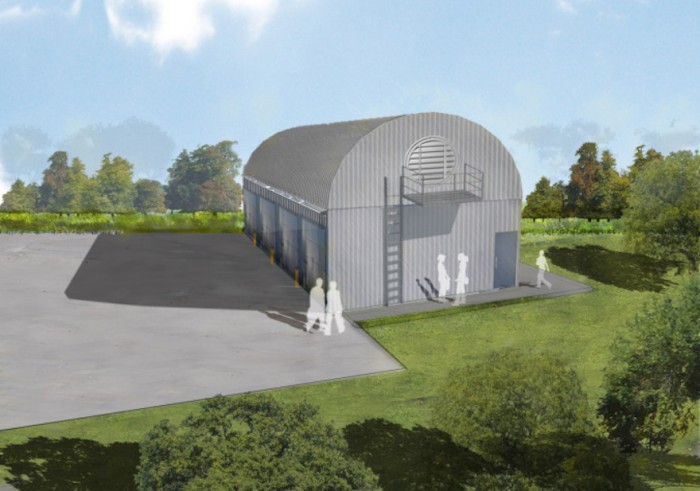From the Series
Coal energy is fast becoming a scarce resource. The World Energy Outlook reports that 1.2 billion people did not have access to electricity this year, with over 95 per cent living in sub-Saharan Africa and Asia. Fortunately, scientists have figured out how to create electricity and fuel from faeces. Biogas systems present a long-term alternative energy solution that can reduce pressure on the earth’s resources. Here are four instances where poop is used to create energy.
Detroit Zoo to use animal waste to power hospital
The zoo plans to install a bio-digester that will turn animal manure and other waste into electricity to help power their animal hospital, the Ruth Roby Glancy Animal Health Complex. This system could save the zoo 70 – 80 000 USD a year in energy costs.
“The bio-digester will turn one of our most abundant resources – manure – into energy, and represents a significant step on our green journey,” says Ron Kagan, the Executive Director and CEO of the Detroit Zoological Society.
The bio-digester uses anaerobic digestion – a natural process where plant and animal materials (biomass) are broken down by micro-organisms in the absence of air. The micro-organisms digest the biomass, which releases a methane-rich gas that can be used to generate renewable heat and power. The remaining material is used as fertilizer.
UK’s first ‘poo bus’
The Bio-Bus, run by the Bath Bus Company, is the UK’s first bus powered entirely by human faeces and food waste. The bus can travel up to 300 kilometres on one tank of gas, which is the same as the annual waste of about five people.
The gas generated from anaerobic digestion produces fewer emissions than traditional diesel engines and is both renewable and sustainable.
Not only is this a sustainable way of fuelling public transport, but it also improves air quality in the process.
A Kenyan teenager converts his school’s waste into cooking fuel
In early 2013, the Maseno School in Kenya added new dormitories for 720 learners. They soon experienced problems when the defective sewage system left a foul smell and polluted local freshwater sources. Leroy Mwasaru and four friends came up with the idea to harvest human waste from the dorm and other waste from the school and turn it into safe, eco-friendly and clean cooking fuel.
Mwasaru and his friends proposed to build a Human Waste Bio reactor (HWB). The HWB is an underground chamber that harvests waste from the dorm, organic waste from the kitchen, cow dung and slashed grass to create biogas for cooking fuel. They built a prototype that the school has been using, reducing the amount of firewood used for cooking.
Rwanda’s poo-powered prisons
Prisons are the perfect place to source human waste. Rwanda has used the biogas system in their prisons since 2005. Because the prisoners’ diet is not rich enough, they combine human waste with cow dung to produce quality gas.
The prisoners maintain the digesters themselves; cook with the biogas and when they need the toilet, the cycling starts again.
The prisons hope to completely depend on biogas, in order to reduce the costs of firewood and to help save the forests.










